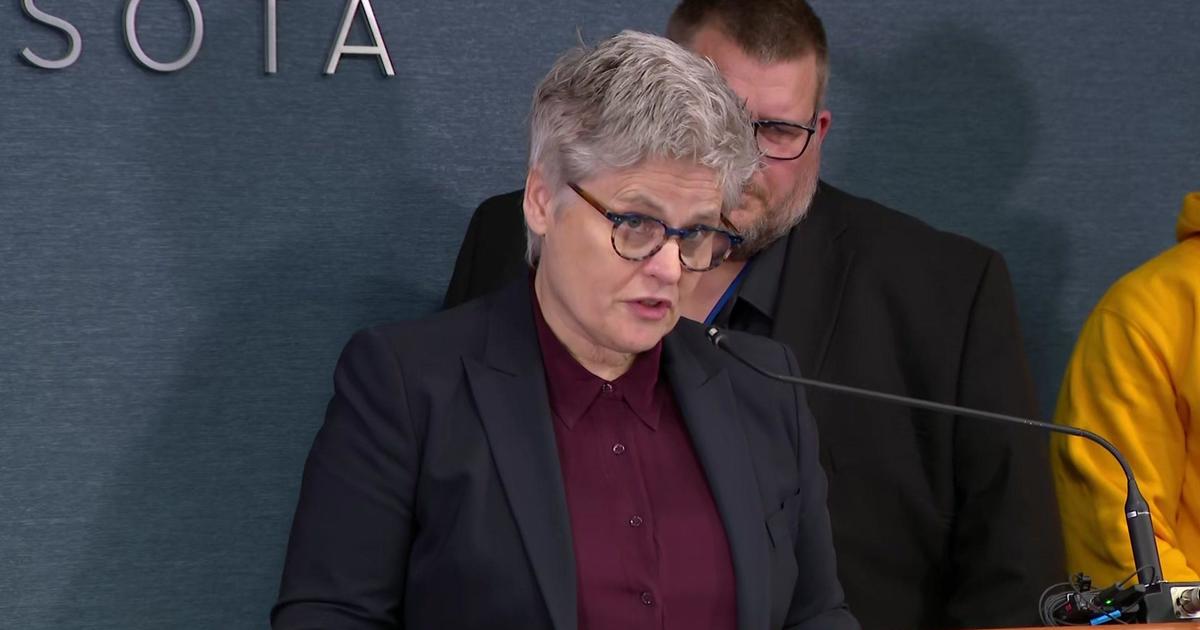Good Question: Where Do Zoo Animals Sleep?
MINNEAPOLIS (WCCO) -- At night, you put on your pajamas, head to bed and get ready for a good night's sleep. But what happens to zoo animals when they've got to sleep? Where do they go?
The Como Zoo held an animal slumber party on Thursday night and WCCO-TV was invited to find out.
The polar bears there are the only zoo animal in the two Twin Cities zoos that have the option of sleeping outside. Otherwise, all the animals have bedrooms.
There's something incredibly adorable about a sleeping animal. We stare at them -- wondering, waiting.
"It's fun watching animals eat, and fun watching them sleep," said Tony Fisher, the collections manager at the Minnesota Zoo.
The Russian Brown bears at the Minnesota Zoo looked wiped out on Thursday night.
"Probably tired out from swimming and fishing he's done today," said Fisher.
So, where do they go to sleep?
"We've got a holding area in back that we bring the bears into at night," said Fisher. "In their bedrooms, holding areas, we have kinda beds of hay for them to sleep in."
More than 500 animals get escorted inside every night.
"They get their food, the main part of their diet in there," said Fisher.
Animals take more naps and generally do sleep longer than humans. Cats like leopards sleep up to 20 hours. Pigs sleep for eight hours and they like to cuddle.
"I think it's kind of a social contact thing," said Fisher.
In nature, the Colobus monkey sleeps 10 hours in a tree, so zoos build nests inside.
"You need to figure out ways for them to feel comfortable where they want to be," said Fisher.
Giraffes only sleep two hours a day standing up.
"If they're standing up they can run away from danger, and if they're sleeping down then it takes more time for them," said one young student visiting the zoo.
Ever wonder how dolphins sleep? Believe it or not, with one eye closed and one eye open.
"A dolphin will only rest half of its brain at a time, and this allows it to keep swimming," said Fisher. "I think most of it is about survival."
Another reason why zoo animals go inside for the night is so zookeepers can clean the exhibits without danger or interfering with the animals.
Some animals don't sleep at least not the way we think of it. Fish don't have eyelids and they go into a resting state. Snakes also don't have eyelids and they tend to sleep only after eating a huge meal.



